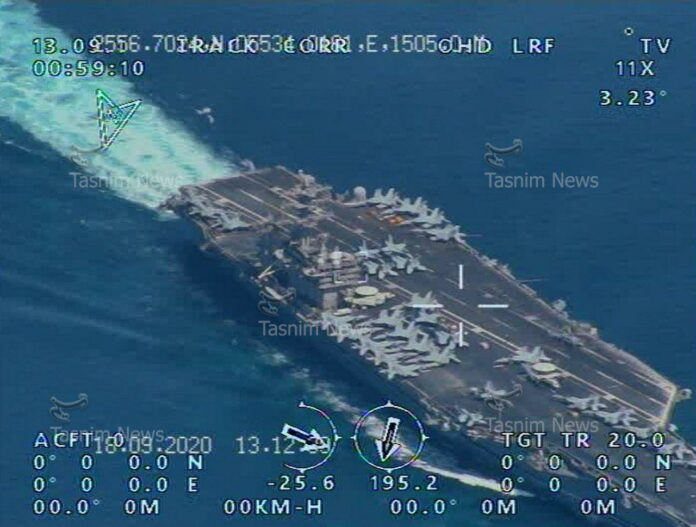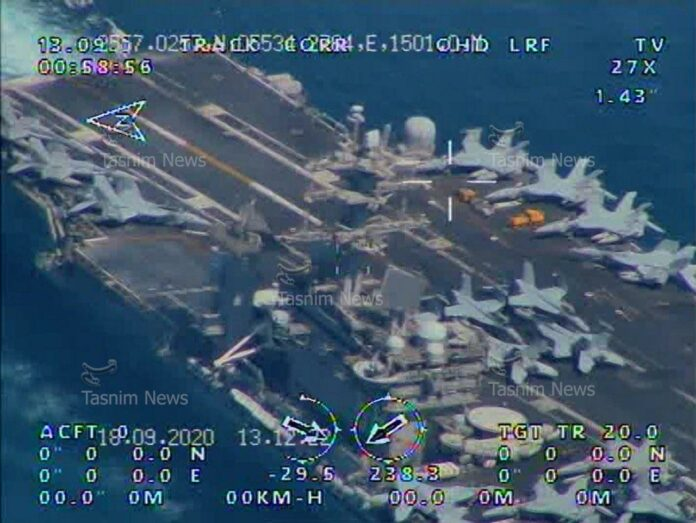Sorry for the delay folks.....Meat world will have it's pound of flesh......
WAR - 08-29-2020-to-09-04-2020___****THE****WINDS****of****WAR****
Sorry for the delay....HC (432) 08-08-2020-to-08-14-2020___****THE****WINDS****of****WAR**** WAR - 08-08-2020-to-08-14-2020___****THE****WINDS****of****WAR**** (429)...

www.timebomb2000.com
(436) 09-05-2020-to-09-11-2020___****THE****WINDS****of****WAR****
WAR - 09-05-2020-to-09-11-2020___****THE****WINDS****of****WAR****
(433) 08-15-2020-to-08-21-2020___****THE****WINDS****of****WAR**** WAR - 08-15-2020-to-08-21-2020___****THE****WINDS****of****WAR**** (430) 07-25-2020-to-07-31-2020___****THE****WINDS****of****WAR**** WAR - 07-25-2020-to-07-31-2020___****THE****WINDS****of****WAR**** (427)...
 www.timebomb2000.com
www.timebomb2000.com
(437) 09-12-2020-to-09-18-2020___****THE****WINDS****of****WAR****
 www.timebomb2000.com
www.timebomb2000.com
---------------------------------------------------
Posted by danielboon
Today at 2:21 PM
https://twitter.com/i/web/status/1307374126978400256
View: https://mobile.twitter.com/NORADCommand/status/1307374126978400256
---------------------------------------------------
Posted for fair use.....

 www.realcleardefense.com
www.realcleardefense.com
Will Russia Further Lower Its Nuclear Weapons Use Threshold?
By Mark B. Schneider
September 19, 2020
(Russian Defense Ministry Press Service via AP)
In August 2020, noted Russian journalist Pavel Felgenhauer warned, “The Kremlin is constantly playing the deterrence game by trying to scare the West. But this situation has two dangerous ramifications. First, the nuclear threshold is becoming lower: in any serious skirmish, the Russian Navy would either need to go nuclear or risk being sunk. And second, while the Russian leadership believes it has surpassed the West militarily thanks to its dazzling superweapons, Moscow's threshold for employing military force in conflict situations may also drop further.” Indeed, Putin’s new superweapons are all nuclear-armed or nuclear-capable. For over twenty years, Felgenhauer, who has warned about the risk posed by Russian, first use of low-yield nuclear weapons, continues to believe that Russia might use nuclear weapons in very limited conflicts.https://www.realcleardefense.com/ar...clear_weapons_use_threshold_577995.html#_edn1
It is noteworthy that Putin’s 2017 decree on the Russian Navy directed that concerning non-strategic naval nuclear forces, “Indicators of the effectiveness of measures undertaken to execute the State Policy on Naval Operations are:….b) the capability of the Navy to damage an enemy’s fleet at a level not lower than critical with the use of non-strategic nuclear weapons.” Since NATO navies do not have naval tactical nuclear weapons, this directive relates to nuclear warfighting and to the advantage that tactical nuclear weapons give Russia, rather than deterrence. Russia has a wide variety of naval non-strategic nuclear weapons.[ii] In 2015, the Russian Ambassador to Denmark stated, “if Denmark joins the American-led missile defense shield. If they do, then Danish warships will be targets for Russian nuclear missiles.”
We are now seeing a large increase in Russian military exercises and training. In late June 2020, Russia’s Defense Minister General of the Army Sergei Shoigu said, “During it [the summer training period], over 15,500 various combat training measures are planned. Special attention will be paid to the preparations for the Kavkaz-2020 strategic command and staff exercise.” In December 2019, General Shoigu said that in 2019 Russia had “over 18,500 drills and exercises.” This is significantly higher than what General Shoigu indicated in December 2018 when he said that in 2019 there would be, “Over 4,000 various types of drills and nearly 8,500 practical combat training events…” As noted British analyst Roger McDermott pointed out in September 2020, “Despite the global COVID-19 pandemic, the Russian Armed Forces have vigorously pursued the summer combat training schedule throughout the country’s five military districts (MDs).”
Two weeks before Felgenhauer’s article appeared, Russia announced a “snap drill” ordered by President Putin -- a no notice large-scale military exercise, which is particularly threatening to NATO because it demonstrates that Russian mobilization capabilities are much faster than NATO’s 30-30-30 plan (mobilizing 30 battalions, 30 fighter squadrons and 30 warships), which is not yet functional. The Russian Defense Ministry said:
In accordance with the decision of the Supreme Commander-in-Chief of the Armed Forces of the Russian Federation, a surprise inspection of the troops of the Southern and Western military districts, separate formations of the central subordination, airborne troops and marines of the Northern and Pacific fleets is being conducted . . . During the inspection, 56 tactical-level exercises are planned to be conducted with the troops. Thirty-five grounds and training fields are being used, as well as 17 sea ranges of the Black and Caspian seas. In total, 149,755 military personnel, 26,820 weapons and military equipment, 414 aircraft, 106 ships and support vessels were involved in the sudden check.
The day before the snap drill was announced, the Russian Defense Ministry indicated there would be a drill involving the Iskander-M nuclear-capable missile system in the Southern Military District, which is one of the areas for the snap drill. In August 2020, Russia announced a “special tactical exercise," which involved simulated Iskander missile launches and the inspection of the “special hardware of the missile formation.” “Special” is a word used in Russia to describe nuclear weapons.
In late July 2020, the Russian nuclear-armed ICBM force (the RVSN) staged a major exercise involving operations in a nuclear war, including radiological decontamination of the ICBM launchers, which were on “combat patrol routes.” They were clearly fighting a mock nuclear war. In late June, July and August 2020, there were also threatening flights by Russian nuclear-capable bombers and other aircraft near the U.S., NATO allies, Ukraine and Finland. In August 2020, on the same day as the Iskander exercise involving “special weapons,” General Shoigu participated in an exercise of the mobile ICBM force.[iii]
The Caucasus 2020 (Kavkaz 2020) exercise, the largest planned exercise for 2020, will be, according to the Russian Defense Ministry and its Chief of the General Staff General of the Army Valery Gerasimov, a “special exercise.” The Russian Defense Ministry announced that the exercise will involve 80,000 troops, but Russia will not honor the Vienna document’s mandatory inspection provisions because of a contrived interpretation of this agreement. The probability of Russian simulated nuclear weapons use in such an exercise is very high. Kavkaz-2016 reportedly simulated the Russian launch of cruise missiles carrying non-strategic nuclear weapons.
In August 2020, Russia conducted a major naval exercise near Alaska, involving 50 ships and 40 aircraft, which involved cruise missile launches.
This pattern of preparation for war will likely continue and involve nuclear-capable forces.
In June 2020, Russia released a decree by President Putin on Russian nuclear deterrence policy, the first of its kind made public, which indicated a much lower threshold for nuclear weapons first use than was evident in the unclassified military doctrine publications released in 2010 and 2014. While much of the substance of Putin’s nuclear decree apparently goes back a long time, it clearly has new elements in it. Secretary of the Security Council of Russia Nikolay Patrushev has characterized it as a “new Doctrine.” As Dr. Stephen Blank observed over 20 years ago, in Russian military doctrine, “Essentially there is no clear firebreak between conventional and nuclear scenarios in the open sources.” The 2020 decree presents a major but incomplete victory for the most hardline elements in the Russian military. The most fanatic of Russia’s generals want an open declaration of nuclear preemption as Russian strategy. In November 2018, the Russian Federation Council voted to urge the Kremlin to adopt a pre-emptive nuclear strike strategy against NATO and authorized it. (It already was secret Russian policy).
Putin’s decree indicates that Russian state-run RT (formerly Russia Today) and the independent Interfax[iv] news agency were accurate when they both reported Russian nuclear doctrine allows for nuclear weapons first use “…if the sovereignty and territorial integrity of the Russian Federation are under threat.” [v] (Emphasis in the original). Paragraph 4 of Putin’s 2020 decree states, “The state nuclear deterrence policy is of a defensive nature and is directed at supporting the capabilities of nuclear forces at a level sufficient to ensure nuclear deterrence and to guarantee the sovereignty and territorial integrity of the state and to deter a potential adversary from aggression against the Russian Federation and (or) its allies in the event of the emergence of an armed conflict by preventing the escalation of military activities and ending them on conditions acceptable to the Russian Federation and (or) its allies.”[vi]
In reviewing Putin’s decree, Russian expatriate Dr. Nikolai Sokov has pointed out, “Today, it is also easy to imagine a situation when the “existence” of Russia would not be threatened, but its ‘territorial integrity’ would—for example, an attempt to use force to return Crimea to Ukraine. The change of language may be explainable, but the presence of two very different definitions of nuclear threshold is not.” It actually is. The decree is not the entire Russia nuclear weapons use policy, which has always been included in classified documents.
Continued.....
WAR - 08-29-2020-to-09-04-2020___****THE****WINDS****of****WAR****
Sorry for the delay....HC (432) 08-08-2020-to-08-14-2020___****THE****WINDS****of****WAR**** WAR - 08-08-2020-to-08-14-2020___****THE****WINDS****of****WAR**** (429)...
www.timebomb2000.com
(436) 09-05-2020-to-09-11-2020___****THE****WINDS****of****WAR****
WAR - 09-05-2020-to-09-11-2020___****THE****WINDS****of****WAR****
(433) 08-15-2020-to-08-21-2020___****THE****WINDS****of****WAR**** WAR - 08-15-2020-to-08-21-2020___****THE****WINDS****of****WAR**** (430) 07-25-2020-to-07-31-2020___****THE****WINDS****of****WAR**** WAR - 07-25-2020-to-07-31-2020___****THE****WINDS****of****WAR**** (427)...
(437) 09-12-2020-to-09-18-2020___****THE****WINDS****of****WAR****
WAR - 09-12-2020-to-09-18-2020___****THE****WINDS****of****WAR****
(434) 08-22-2020-to-08-28-2020___****THE****WINDS****of****WAR**** WAR - 08-22-2020-to-08-28-2020___****THE****WINDS****of****WAR**** (435) 08-29-2020-to-09-04-2020___****THE****WINDS****of****WAR****...
---------------------------------------------------
Posted by danielboon
Today at 2:21 PM
https://twitter.com/i/web/status/1307374126978400256
View: https://mobile.twitter.com/NORADCommand/status/1307374126978400256
---------------------------------------------------
Posted for fair use.....

Will Russia Further Lower Its Nuclear Weapons Use Threshold?
In August 2020, noted Russian journalist Pavel Felgenhauer warned, “The Kremlin is constantly playing the deterrence game by trying to scare the West. But this situation has two dangerous ramifi
Will Russia Further Lower Its Nuclear Weapons Use Threshold?
By Mark B. Schneider
September 19, 2020
(Russian Defense Ministry Press Service via AP)
In August 2020, noted Russian journalist Pavel Felgenhauer warned, “The Kremlin is constantly playing the deterrence game by trying to scare the West. But this situation has two dangerous ramifications. First, the nuclear threshold is becoming lower: in any serious skirmish, the Russian Navy would either need to go nuclear or risk being sunk. And second, while the Russian leadership believes it has surpassed the West militarily thanks to its dazzling superweapons, Moscow's threshold for employing military force in conflict situations may also drop further.” Indeed, Putin’s new superweapons are all nuclear-armed or nuclear-capable. For over twenty years, Felgenhauer, who has warned about the risk posed by Russian, first use of low-yield nuclear weapons, continues to believe that Russia might use nuclear weapons in very limited conflicts.https://www.realcleardefense.com/ar...clear_weapons_use_threshold_577995.html#_edn1
It is noteworthy that Putin’s 2017 decree on the Russian Navy directed that concerning non-strategic naval nuclear forces, “Indicators of the effectiveness of measures undertaken to execute the State Policy on Naval Operations are:….b) the capability of the Navy to damage an enemy’s fleet at a level not lower than critical with the use of non-strategic nuclear weapons.” Since NATO navies do not have naval tactical nuclear weapons, this directive relates to nuclear warfighting and to the advantage that tactical nuclear weapons give Russia, rather than deterrence. Russia has a wide variety of naval non-strategic nuclear weapons.[ii] In 2015, the Russian Ambassador to Denmark stated, “if Denmark joins the American-led missile defense shield. If they do, then Danish warships will be targets for Russian nuclear missiles.”
We are now seeing a large increase in Russian military exercises and training. In late June 2020, Russia’s Defense Minister General of the Army Sergei Shoigu said, “During it [the summer training period], over 15,500 various combat training measures are planned. Special attention will be paid to the preparations for the Kavkaz-2020 strategic command and staff exercise.” In December 2019, General Shoigu said that in 2019 Russia had “over 18,500 drills and exercises.” This is significantly higher than what General Shoigu indicated in December 2018 when he said that in 2019 there would be, “Over 4,000 various types of drills and nearly 8,500 practical combat training events…” As noted British analyst Roger McDermott pointed out in September 2020, “Despite the global COVID-19 pandemic, the Russian Armed Forces have vigorously pursued the summer combat training schedule throughout the country’s five military districts (MDs).”
Two weeks before Felgenhauer’s article appeared, Russia announced a “snap drill” ordered by President Putin -- a no notice large-scale military exercise, which is particularly threatening to NATO because it demonstrates that Russian mobilization capabilities are much faster than NATO’s 30-30-30 plan (mobilizing 30 battalions, 30 fighter squadrons and 30 warships), which is not yet functional. The Russian Defense Ministry said:
In accordance with the decision of the Supreme Commander-in-Chief of the Armed Forces of the Russian Federation, a surprise inspection of the troops of the Southern and Western military districts, separate formations of the central subordination, airborne troops and marines of the Northern and Pacific fleets is being conducted . . . During the inspection, 56 tactical-level exercises are planned to be conducted with the troops. Thirty-five grounds and training fields are being used, as well as 17 sea ranges of the Black and Caspian seas. In total, 149,755 military personnel, 26,820 weapons and military equipment, 414 aircraft, 106 ships and support vessels were involved in the sudden check.
The day before the snap drill was announced, the Russian Defense Ministry indicated there would be a drill involving the Iskander-M nuclear-capable missile system in the Southern Military District, which is one of the areas for the snap drill. In August 2020, Russia announced a “special tactical exercise," which involved simulated Iskander missile launches and the inspection of the “special hardware of the missile formation.” “Special” is a word used in Russia to describe nuclear weapons.
In late July 2020, the Russian nuclear-armed ICBM force (the RVSN) staged a major exercise involving operations in a nuclear war, including radiological decontamination of the ICBM launchers, which were on “combat patrol routes.” They were clearly fighting a mock nuclear war. In late June, July and August 2020, there were also threatening flights by Russian nuclear-capable bombers and other aircraft near the U.S., NATO allies, Ukraine and Finland. In August 2020, on the same day as the Iskander exercise involving “special weapons,” General Shoigu participated in an exercise of the mobile ICBM force.[iii]
The Caucasus 2020 (Kavkaz 2020) exercise, the largest planned exercise for 2020, will be, according to the Russian Defense Ministry and its Chief of the General Staff General of the Army Valery Gerasimov, a “special exercise.” The Russian Defense Ministry announced that the exercise will involve 80,000 troops, but Russia will not honor the Vienna document’s mandatory inspection provisions because of a contrived interpretation of this agreement. The probability of Russian simulated nuclear weapons use in such an exercise is very high. Kavkaz-2016 reportedly simulated the Russian launch of cruise missiles carrying non-strategic nuclear weapons.
In August 2020, Russia conducted a major naval exercise near Alaska, involving 50 ships and 40 aircraft, which involved cruise missile launches.
This pattern of preparation for war will likely continue and involve nuclear-capable forces.
In June 2020, Russia released a decree by President Putin on Russian nuclear deterrence policy, the first of its kind made public, which indicated a much lower threshold for nuclear weapons first use than was evident in the unclassified military doctrine publications released in 2010 and 2014. While much of the substance of Putin’s nuclear decree apparently goes back a long time, it clearly has new elements in it. Secretary of the Security Council of Russia Nikolay Patrushev has characterized it as a “new Doctrine.” As Dr. Stephen Blank observed over 20 years ago, in Russian military doctrine, “Essentially there is no clear firebreak between conventional and nuclear scenarios in the open sources.” The 2020 decree presents a major but incomplete victory for the most hardline elements in the Russian military. The most fanatic of Russia’s generals want an open declaration of nuclear preemption as Russian strategy. In November 2018, the Russian Federation Council voted to urge the Kremlin to adopt a pre-emptive nuclear strike strategy against NATO and authorized it. (It already was secret Russian policy).
Putin’s decree indicates that Russian state-run RT (formerly Russia Today) and the independent Interfax[iv] news agency were accurate when they both reported Russian nuclear doctrine allows for nuclear weapons first use “…if the sovereignty and territorial integrity of the Russian Federation are under threat.” [v] (Emphasis in the original). Paragraph 4 of Putin’s 2020 decree states, “The state nuclear deterrence policy is of a defensive nature and is directed at supporting the capabilities of nuclear forces at a level sufficient to ensure nuclear deterrence and to guarantee the sovereignty and territorial integrity of the state and to deter a potential adversary from aggression against the Russian Federation and (or) its allies in the event of the emergence of an armed conflict by preventing the escalation of military activities and ending them on conditions acceptable to the Russian Federation and (or) its allies.”[vi]
In reviewing Putin’s decree, Russian expatriate Dr. Nikolai Sokov has pointed out, “Today, it is also easy to imagine a situation when the “existence” of Russia would not be threatened, but its ‘territorial integrity’ would—for example, an attempt to use force to return Crimea to Ukraine. The change of language may be explainable, but the presence of two very different definitions of nuclear threshold is not.” It actually is. The decree is not the entire Russia nuclear weapons use policy, which has always been included in classified documents.
Continued.....



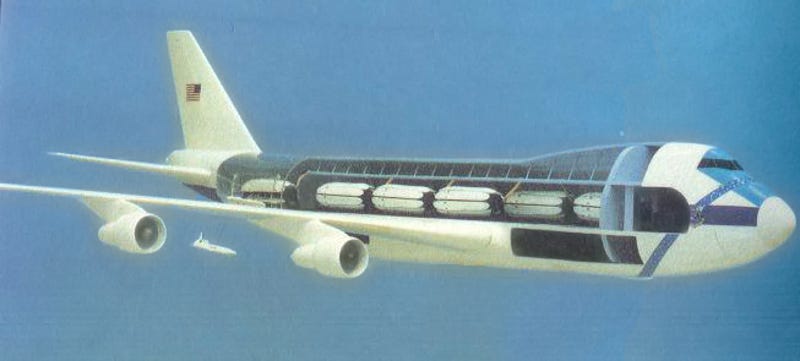





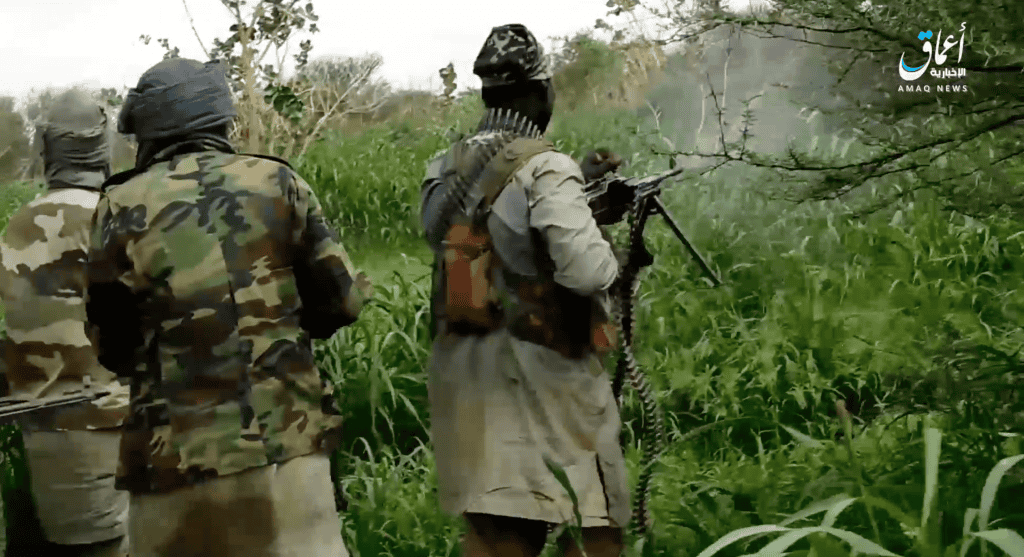

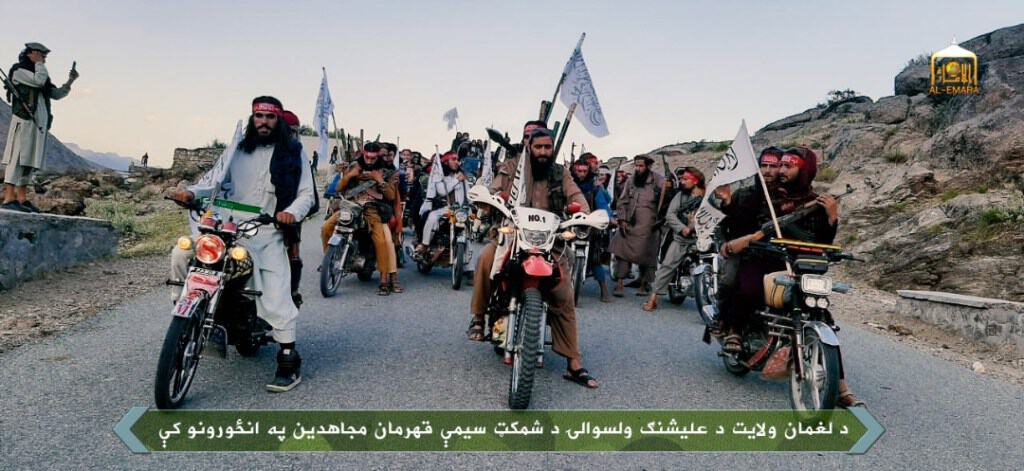



/cloudfront-us-east-1.images.arcpublishing.com/mco/47BNAAEVMVAUNJYVGI5M4JQ3OM.jpg)
/cloudfront-us-east-1.images.arcpublishing.com/mco/XVCOXY55ZRFAPPZ5DZJWINQIHQ.jpg)


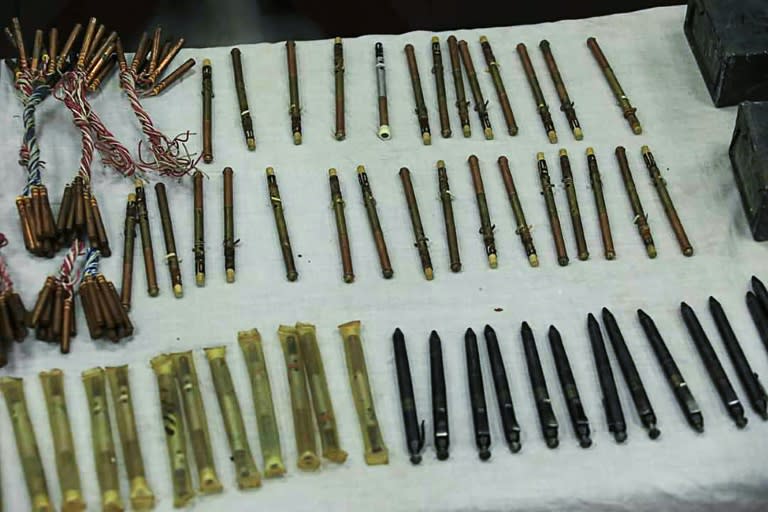

/cloudfront-us-east-1.images.arcpublishing.com/mco/P3TSQKR4UNGQTJA6MBJ5TMO5FM.jpg)
/cloudfront-us-east-1.images.arcpublishing.com/mco/R5FP2K3HM5GLRN2YIVKSI4AUAM.jpg)
/arc-anglerfish-arc2-prod-mco.s3.amazonaws.com/public/IQLOYXMTTNDW3ME2YRFGLFEACI.jpg)



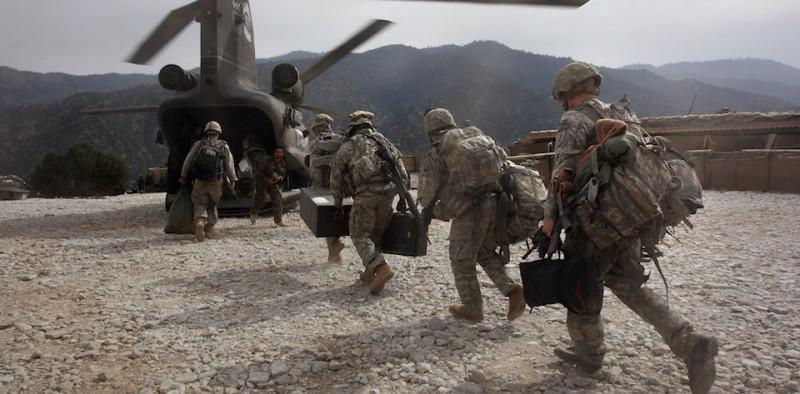 Getty Images
Getty Images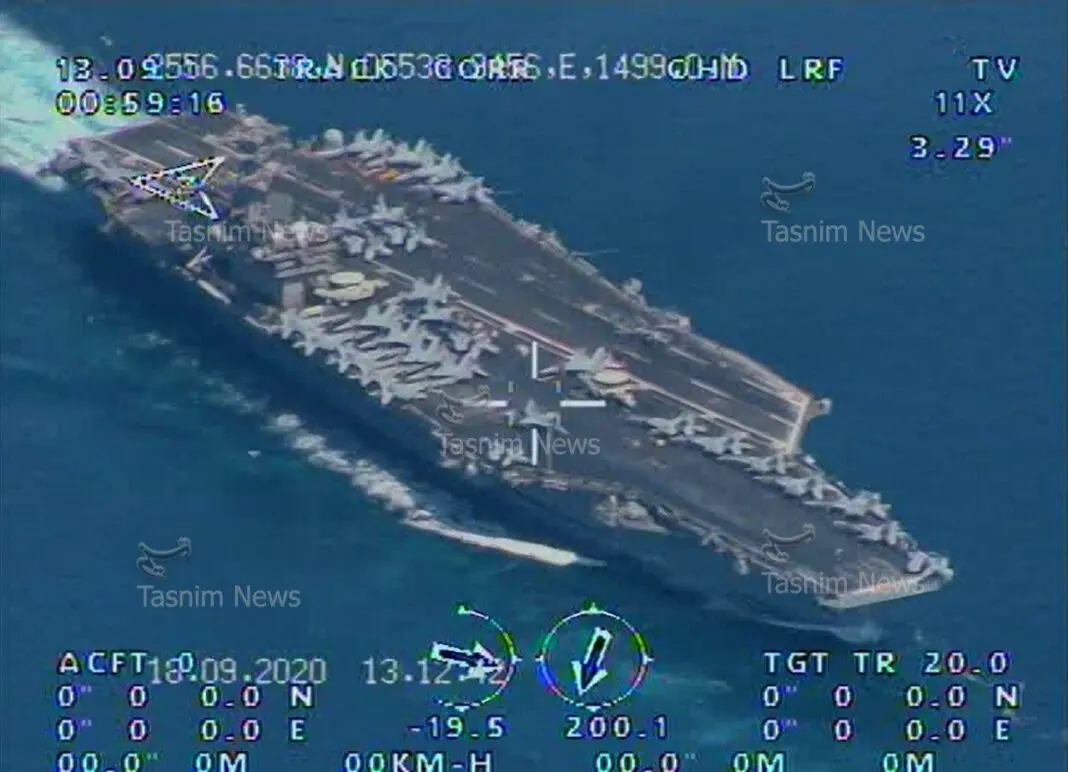 Newly published Iranian military photos, via Tasnim News
Newly published Iranian military photos, via Tasnim News